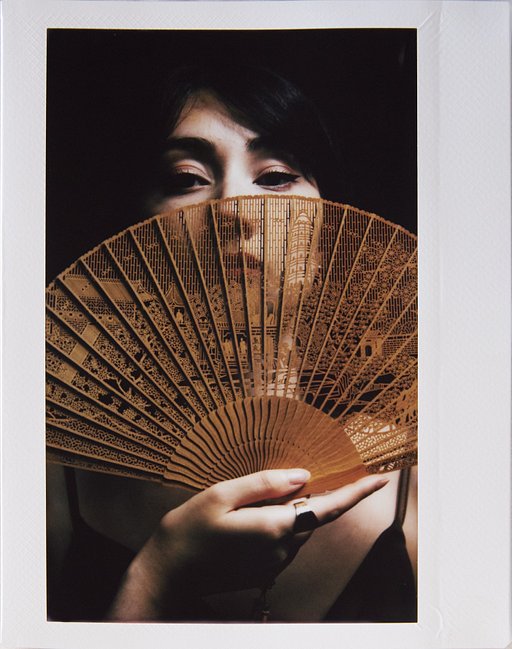Basics Applied: La Sardina
2 29 Share TweetLa Sardina is one of my favorite Lomography Cameras. This maybe because it was my first (along with Diana), or possibly because it is one of the most forgiving and flexible. Get the best from this excellent camera with some back to basics knowledge!

La Sardina has a remarkable wide angle lens on it. It’s plastic, so you get the delicious Lomographic effects we all know and love and it has a wonderful lens flare, like no other camera. When you get this great flare it is a treat. Point it at the sun.

There are no controls on La Sardina at all. You can switch focus from distant to very close, but you have no control over ISO, Aperture or shutter speed.
This is extremely liberating, but to really use it to its full effect, you need to understand a few basics.
The relationship between film speed (ISO), aperture and shutter speed is very important. The aperture is fixed at f8. The shutter speed is set at 1/100 of a second.

Last year I wrote an article called Back to Basics: Stop It Up, Stop It Down) you should give it a read. It talks about the relationship between film speed, aperture and shutter speed.
Also a knowledge of sunny 16 would help here, so when you are done, give this a read The Sunny 16 Rule.
Finally, grab yourself some good film speed knowledge here: Back To Basics: Film Speed.
Things should be getting clear now. If you cannot change your aperture or shutter speed, to get a perfect (or close to) shot you have to make sure you choose the right film for the situation.
According to Sunny 16, if you have loaded an ISO 100 film, you should be good to go for overcast, slight overcast also should be fine, but very sunny or snow/sand you may even need a 50 ISO film. Modern Colour Negative film can handle a stop or so over and under exposure, so really you should be fine, you can practice Sunny 16 very easily with this camera, because of the basic 1/100 shutter setting.

Here is my adjusted Sunny 16 based solely on La Sardina:
- ISO 50 = Snow/Sand
- ISO 50/100 = Sunny
- ISO 100 = Slight Overcast
- ISO 100/200 = Overcast
- ISO 200/400 = Heavy Overcast
- ISO 400/800 = Open Shade/Sunset
I’ve put in more than one ISO to account for the latitude of Colour Negative and Black and White film, and from personal experience of La Sardina. Practice makes perfect, and use your judgement.
If you want to shoot slides, I’d worry, slide film when processed in E6 needs more accuracy than this camera can really provide you with, but cross processing would be wonderful as many Lomographers have demonstrated throughout this site.
written by adam_g2000 on 2013-03-01 #gear #tutorials #wide-angle #camera #aperture #film-speed #tipster #iso #shutter-speed #la-sardina #sunny-16
























2 Comments